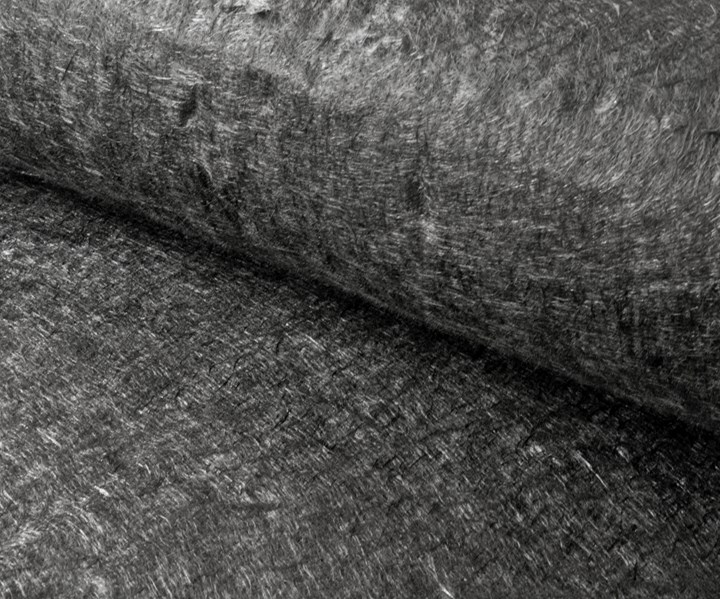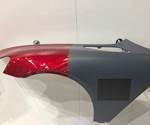Sigmatex launches recycled carbon fiber non-woven fabric
The non-woven fabric is produced from high-quality carbon fiber waste with sizing intact, said to offer improved fiber to resin bond strength with area weights from 100-600 gsm.

Source | Sigmatex
Carbon fiber textile manufacturer Sigmatex (Benicia, Calif., U.S.) announced on Jan. 22 that it has launched a recycled carbon fiber non-woven fabric to the composites market.
As part of its commitment to reduce the environmental impact of composites, Sigmatex reports that it has developed a process that enables energy-efficient capture and reprocessing of its internal waste streams, as well as those of its customers. The output of this is, Sigmatex says, a high-quality product that is both versatile in its applications and easy to process. The company anticipates that this approach could save up to 500 metric tonnes of carbon fiber waste going to landfill each year by 2025.
This non-woven fabric is produced from high-quality carbon fiber waste, with sizing intact, offering improved fiber to resin bond strength with area weights from 100-600 gsm. The highly conformable product is an isotropic material said to exhibit excellent mechanical properties, and that can be debulked, improving processing via prepreg methods.
“One of the most important considerations when selecting a recycled carbon fiber product is the energy demand required to recover the carbon fiber before converting it into a fabric form for reuse,” says Paul McMullan, commercial director at Sigmatex. “While all recycled carbon methods are positive to the environment if they displace the use of virgin carbon fiber, some recovery methods are superior to others. Our process, unlike other recovery methods such as chemical or pyrolysis, is an ultra-energy-efficient recovery method that only uses around 10-20% of the energy demand of those alternative methods, making the Sigmatex product the best solution for environmentally conscious customers.”
Related Content
-
Infinite Composites: Type V tanks for space, hydrogen, automotive and more
After a decade of proving its linerless, weight-saving composite tanks with NASA and more than 30 aerospace companies, this CryoSphere pioneer is scaling for growth in commercial space and sustainable transportation on Earth.
-
Carbon fiber, bionic design achieve peak performance in race-ready production vehicle
Porsche worked with Action Composites to design and manufacture an innovative carbon fiber safety cage option to lightweight one of its series race vehicles, built in a one-shot compression molding process.
-
Composites end markets: New space (2025)
Composite materials — with their unmatched strength-to-weight ratio, durability in extreme environments and design versatility — are at the heart of innovations in satellites, propulsion systems and lunar exploration vehicles, propelling the space economy toward a $1.8 trillion future.
.jpg;width=70;height=70;mode=crop)





